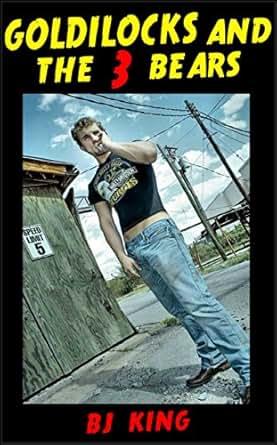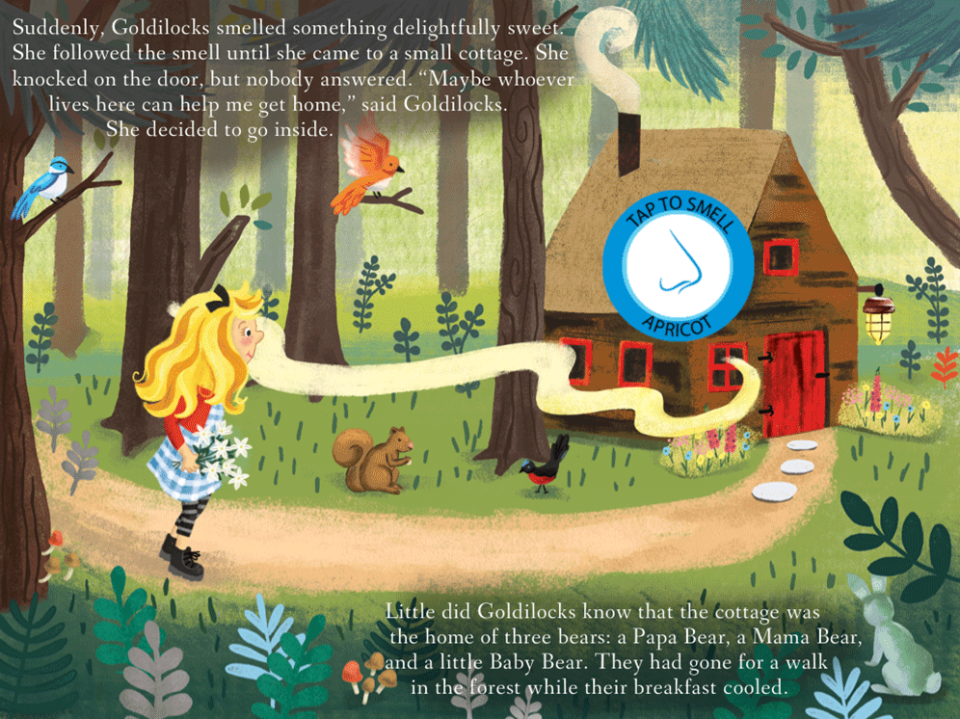
We will focus on those differences later. The general plot of all the version is the same, except for the ending on Mure’s version and a few differences and additions here and there. We will do so, because the change in characters changes the meaning of the story and the application in a child’s life. Analysisįor our analysis, we will focus on Mure’s, Southey’s versions of The Story of the Three Bears and John Batten’s and Joseph Jacob’s Scrapfoot and Cundall’s and Old Nursery Stories and Rhymes’ versions of Goldilocks and the Three Bears. Before Mure’s version, the story was passed orally. Phillips then notes that Robert Southey may have had access to Scandinavian folklore, and that a Norwegian tale has been reported in which a princess discovers a cave inhabited by three bears, eats their porridge while they are out, falls asleep under one of their beds.Ĭoncluding this section, we can only say the origin of the story is found in the early 19th century or any time before but, for sure, as of today, we do not know of any written version earlier than 1831. One hunter would pretend to attack the bears, while another defended them and apologized for having shot them, placing blame instead on the Russians who made the weapons that killed them. Phillips cites a ritual observed in the early eighteenth century “among the Voguls of Western Siberia,” in which bear hunts were followed by the placing of three stuffed bearskins at a table. However, Alan Elms (number 7 in the scholarship section) cites Philip (number 7), who identified some roots in Scandinavian folklore. There are some scholars who have related this story to Snow White, as she intrudes in the dwarfs’ house and falls asleep in their bed. Therefore, here we find the origin of Goldilocks and the Three Bears. The story developed with changes in the girl’s name, but in 1904, a book, Old Nursery Stories and Rhymes, contained a version of The Three Bears in which the girl was named Goldilocks. In 1849, Joseph Cundall publishes a version of The Three Bears in Treasury of Pleasure Books for Young Children ( link, page 231 of PDF), where the girl with silver hair is introduced. Later on, what would become the character of Goldilocks was introduced. The story should not be older than that, although we might assure it would date of a much later time, since bed frames would have been accessible to the generality of the people until much much later it would not quite make sense to have bed frames as an element of a fairy tale which is not settled in royalty if bed frames were not a common thing among the people.Īnyhow, the geographical origin of this fairy tale becomes uncertain, since we have a frame of time that includes many migratory movements. Bed frames were not until somewhere in the 15th century. The beds in the stories would only be able to break if the mattress is on a bed frame. The beds, assuming they are not an adapted addition to the story (which would be difficult considering that both accounts tell us about them). There is one element that can give us a hint on the time of origin. The reason Mure’s version is not considered to be quite the original, even when it is older, is that Southey’s version is the most popular one and upon which all adaptations are based.

Being these two the earliest recordings, and having so little information about Eleanor Mure, it is difficult to determine whether the story originated in Canada or England. It was written by Eleanor Mure ( link), as a gift for his nephew.


In 1839, George Nicol, under the approval of Southey, published a versified version ( link) This is what was thought for a long time, until in 1951 an even earlier version, was found in Toronto.

We ignore how Southey’s uncle William or anyone else came to know about it. A mention to this vixen variant is found by the folklorist Joseph Jacobs, who heard this variant from John Batten, who at the same time heard it from a woman who claimed to hear of the story as a child. Southey came to know of this story through his uncle William Tyler, in which the antagonist was a vixen and not an old woman some say that Southey understood by vixen a bad woman. All we know is Robert Southey was the first person to publish this tale on a book (The Doctor, 1834, chapter CXXIX, page 327, link, page 377 of PDF) but, fore sure, the story was told and retold before. This fairy tale cannot be traced too far back in time we may assume that it was a folk tale developed in the surroundings of England.


 0 kommentar(er)
0 kommentar(er)
